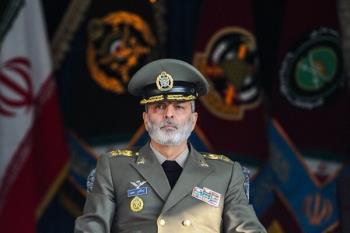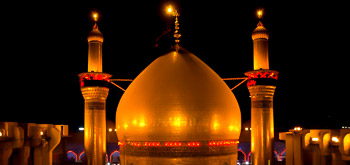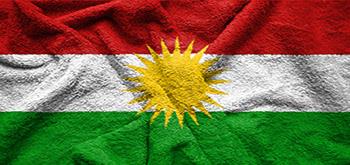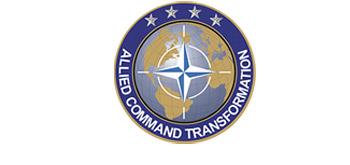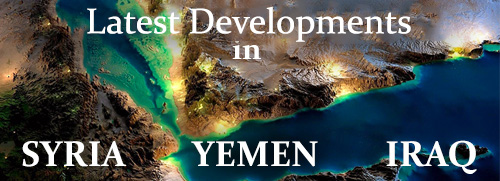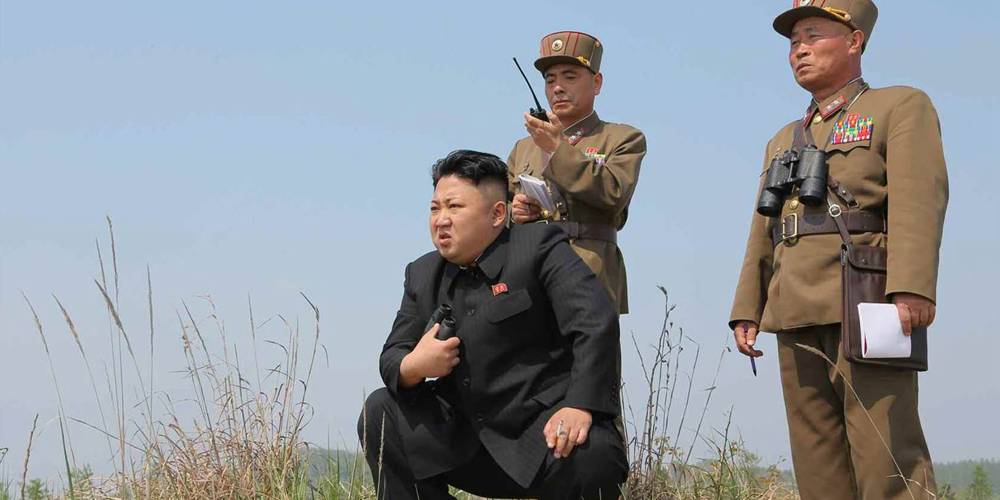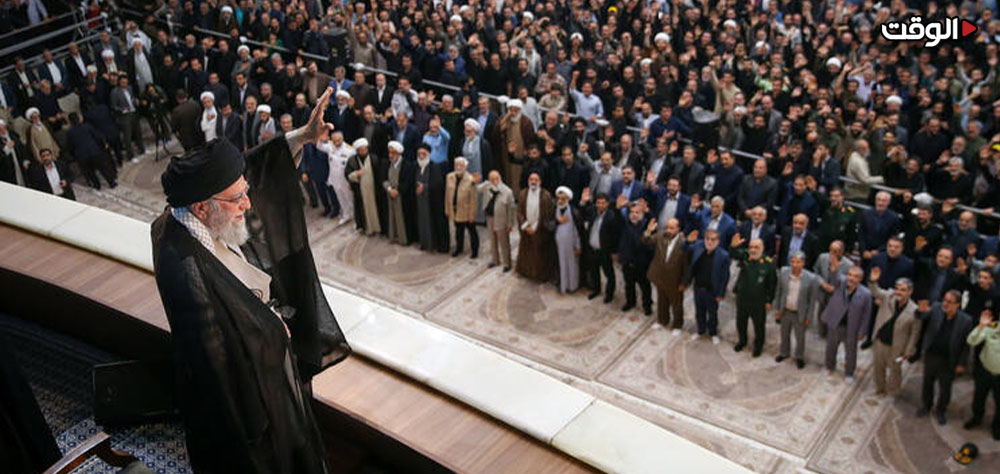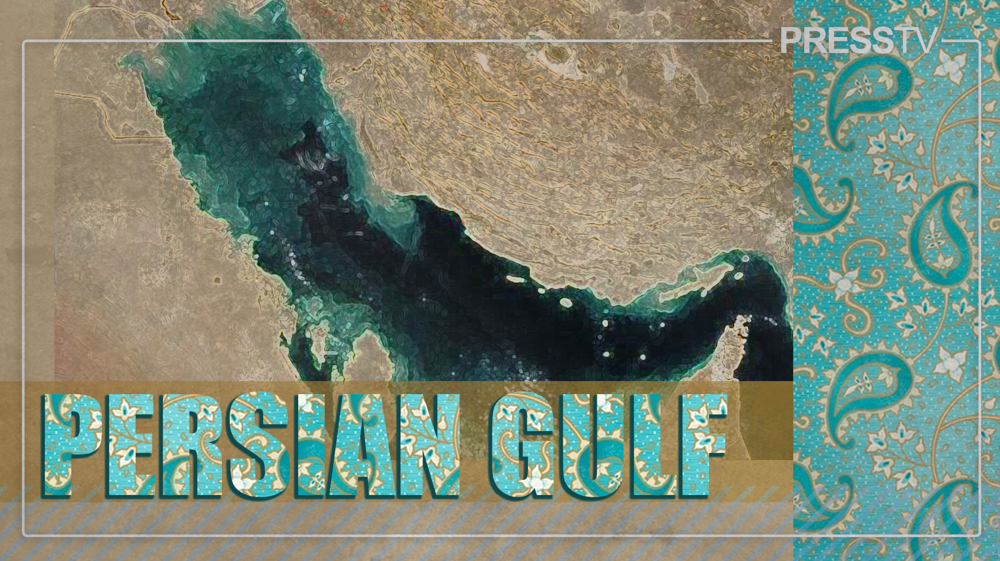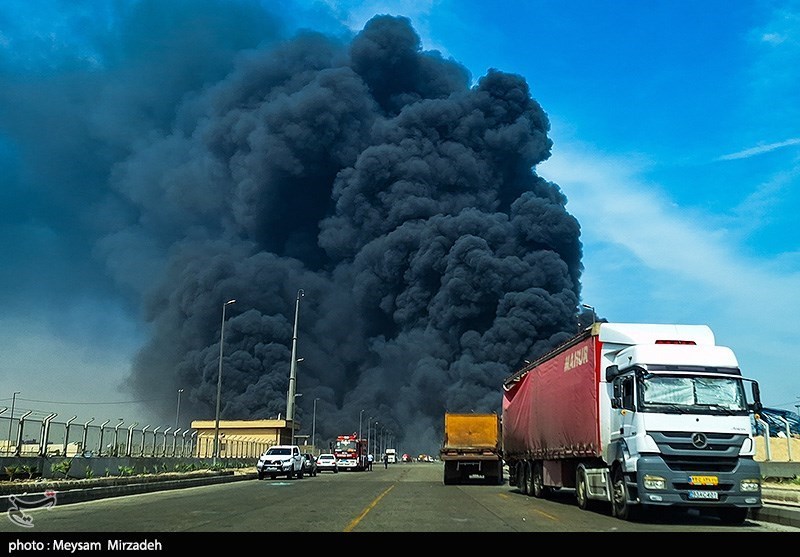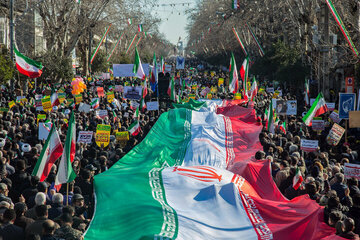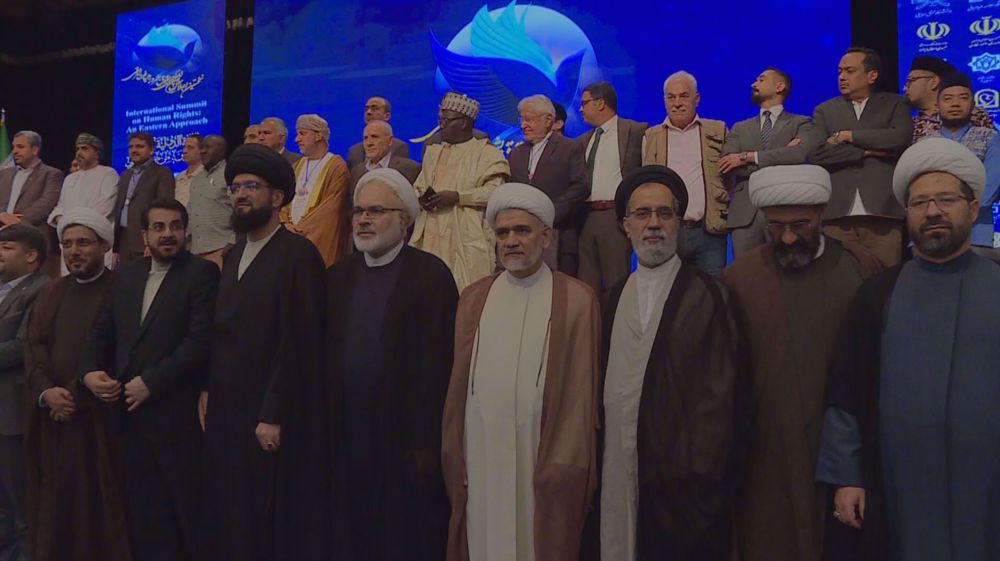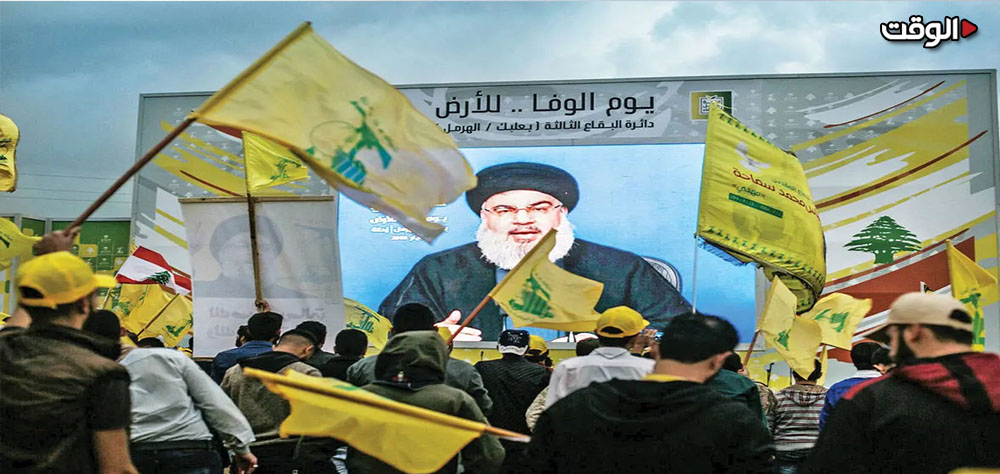Alwaght- Since the 1950s, the Korean Peninsula has been one of the world's tensest spots. The area until 1948 was under the rule of the Japanese colonial empire, and its separation from the Japanese governing ushered in a period of wars and tensions that continues to date, with the parties engaged threatening to use the most destructive weapons. The clash of the communist and the opposing anti-communist forces in the Korean Peninsula that started from 1950 and lasted for three years, the analysts say, marked the first proxy confrontation between the imperialist US and the communist Soviet Union during the Cold War era.
The US and the Soviet Union's support for the both sides of the struggle broke the Korean Peninsula in two independent states, with the “38th parallel north” forming the borders between North and South Korea. On the one side rose a country with strict political rule armed with world’s most destructive weapons and on the other side a liberalist country with reliance on the Western security support. The dispute between Seoul and Pyeongyang, never showing smallest signs of ease during the past 60 years, has paved the way for large-scale military spending, and brought the international powers' interventions to the region.
North Korea, on the one side, has declined to halt its almost regular military and nuclear tests notwithstanding huge international pressures put on Pyeongyang government by the United Nations Security Council through approving tough-handed resolutions. South Korea, on the other side, in response has tightened security bonds with the US.
Meanwhile, the presence of China, as the strongest economic rival of the US, in this region has even built the ground for the disputes to go on in the extreme east of Asia. Even the former American President Barack Obama back in 2010 talked about the “Asian pivot policy”, an approach meant to redirect the American focus from the West Asia to East Asia and particularly a rising China, in a bid to get a chance for better management of developments in the region.
When President Donald Trump succeeded Obama in late January as a new leader, his fiery stances against China as an emerging economic power persuaded the analysts into expectation that he will pursue the already-set-in-motion Obama policy.
General James Mattis, the US secretary of state, less than two months after assuming the post at the Pentagon threatened Pyeongyang with “effective and overwhelming” US response should North Korea leader Kim Jong-un threats the American President Trump with use of nuclear weapons. The American threat was followed by trilateral American, South Korean, and Japanese military drills meant to detect and address the potential threats posed by the North Korean nuclear rockets. While Washington and its Asian allies note that the joint military exercises and military power boost in the region are aimed at gaining readiness for self-defense, the Pyeongyang leaders view the military buildup just next door as meant to occupy North Korea through destroying its military infrastructures and toppling the government there.
As it was expected, the North Koreans reacted to the US defense secretary's threats, accusing the three military exercising countries of planning “preemptive strikes” against Pyeongyang, announcing that North Korea will take retaliatory measures to respond to the threats amid the escalation.
Just a couple of days after the trade of threats between the two sides, the North Koreans fired four missiles, with an average range of 1,000 kilometers each, towards the Sea of Japan. Worries over a now-possible direct confrontation forced China, one among the handful countries backing Pyeongyang, to react, saying that Beijing opposes the tests that “violate” the UNSC resolutions.
These developments pushed a Washington-Seoul agreement to tighten the anti-Pyeongyang sanctions, broaden supervision of past UNSC resolutions, and also discuss new unilateral sanctions. The raged tensions in the peninsula led to the US deploying its cutting-edge THAAD (Terminal High Altitude Area Defense) missile defense system to the South Korean soil. The escalation, the analysts say, only works in best interest of the US, a power that overstates the dangers of nuclear war outbreak between the two Koreas to bolster naval presence there, an action that expands the strategic American influence in South and East China Seas, which in turn helps to press China.
Before Trump's ascension to power, some experts predicted the possible US review of its attitude in East Asia. But this appears not the case as the new leader demonstrates that he is intent on restricting China within its borders and raising the military spending only to signal to the world that the Washington's hyperbole on the Northern Korea nuclear perils will continue as a stable White House policy in next four years. Meanwhile, according to Trump’s campaign-time remarks, Japan and South Korea have to pay the prices of their protection by the US. Therefore, here is a picture of the new Washington administration’s policy: keeping the strains up on the rivals like China along with ongoing military deployment in East Asian hotspots while decreasing the military expenses.
The predictions are that the friction will increase in the upcoming years in the Korean Peninsula, a process that will raise the need of Washington’s allies for fixed American presence there. This, in turn, materializes the Asian pivot strategy. However, the striking point is that just contrary to some analyses no direct clash is expected to take place between the opponents given the huge outcomes and damages for both sides and also for the whole world.


